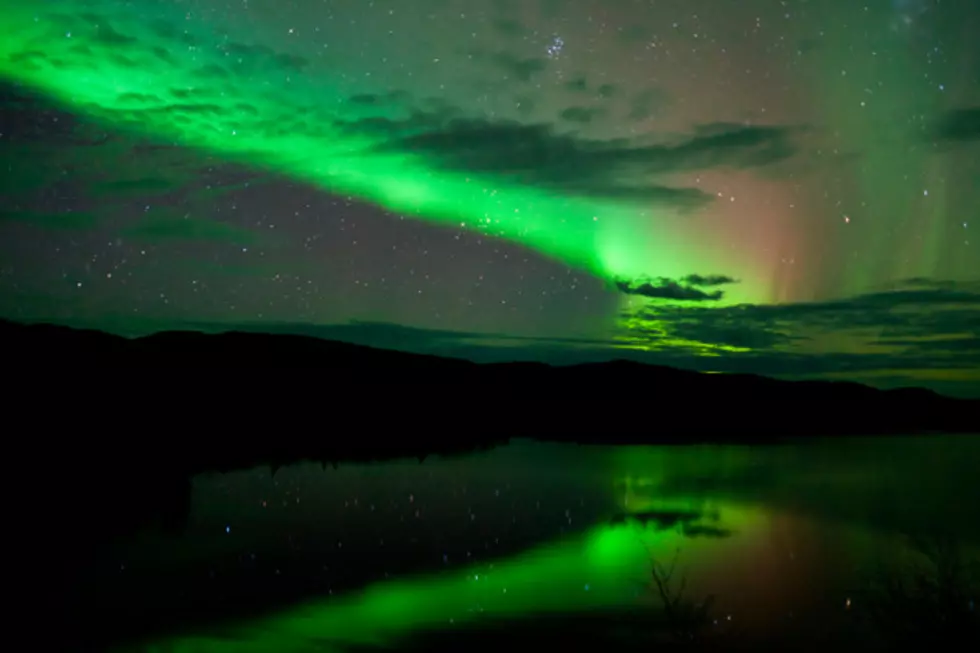
The Largest Supermoon in Almost 70 Years is Coming
We're in for quite the event the night of November 14.
On that night, the Moon will pass the closest to Earth it's been since January 1948. This means it's going to appear around fourteen percent larger and thirty percent brighter that night.
The side of the Moon's elliptical orbit that's closer to Earth is called the perigee. When the Earth aligns with the Moon and Sun on the perigee side of the Moon facing us, and the Moon happens to be on the opposite side of Earth from the Sun, it makes the Moon look much bigger than usual.
That is how we get a supermoon. of course, supermoon's aren't all that uncommon. We just experienced one on October 16
But given the closer than normal distance, this particualr supermoon will light up the sky a little more than usual. Hopefully we'll have clear skies the night of the 14th.
Something like this won't happen again until November 25, 2034, so don't miss this.
Be sure to have your cameras ready!
More From WPDH-WPDA









